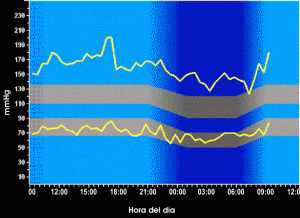
The best way for someone with a moderate to major medical condition, like epilepsy, elevated liver functions, Crohn’s Disease, colitis or many others, to get the lowest life insurance rates is to first get a tentative offer. Here’s the way it works. Give an independent agent and broker the basics of your health history. Then a short summary is provided to carrier underwriters of the health condition: onset, degree of severity, medications taken, degree of control, age, height and weight. Then underwriters review and reply, usually within 24 to 48 hours, with an offer of a tentative rate classification. That classification is a non-binding offer, fair enough because it’s based on limited information, but it does provide a good indication as to which carrier to apply for and a likely rate.
Rate classifications are Preferred Best, Preferred, Standard Plus, Standard, and the substandard Table 2 to Table 8. Substandard table ratings are alternately given letters: Table B though Table H.
For a major health condition with a history of control, the goal is often to get a standard rate or a low table rating. Final offers of coverage are based on medical records and full underwriting review. There are broad outlines as to what rate to expect, but since medical conditions vary by individual, the tentative quote process is a very valuable tool. One thing that trips up tentative quotes is that people often don’t know or fully understand the scope of their medical condition, or what’s in their medical records. During the application process medical information remains confidential in accordance HIPAA privacy rules.
Tentative offers will vary, sometimes considerably. It’s a very instructive. The same condition will be a Standard rate with one carrier, while others judge it to be more likely at Table 2 or Table 4. Once the rates classifications are received, compare quotes at those rates classes, see rates with a dose of realism and apply to the life insurance company likely to give the best offer.

 Licensed Agent: Sean Drummey
Licensed Agent: Sean Drummey Licensed Agent: Sean Drummey
Licensed Agent: Sean Drummey






